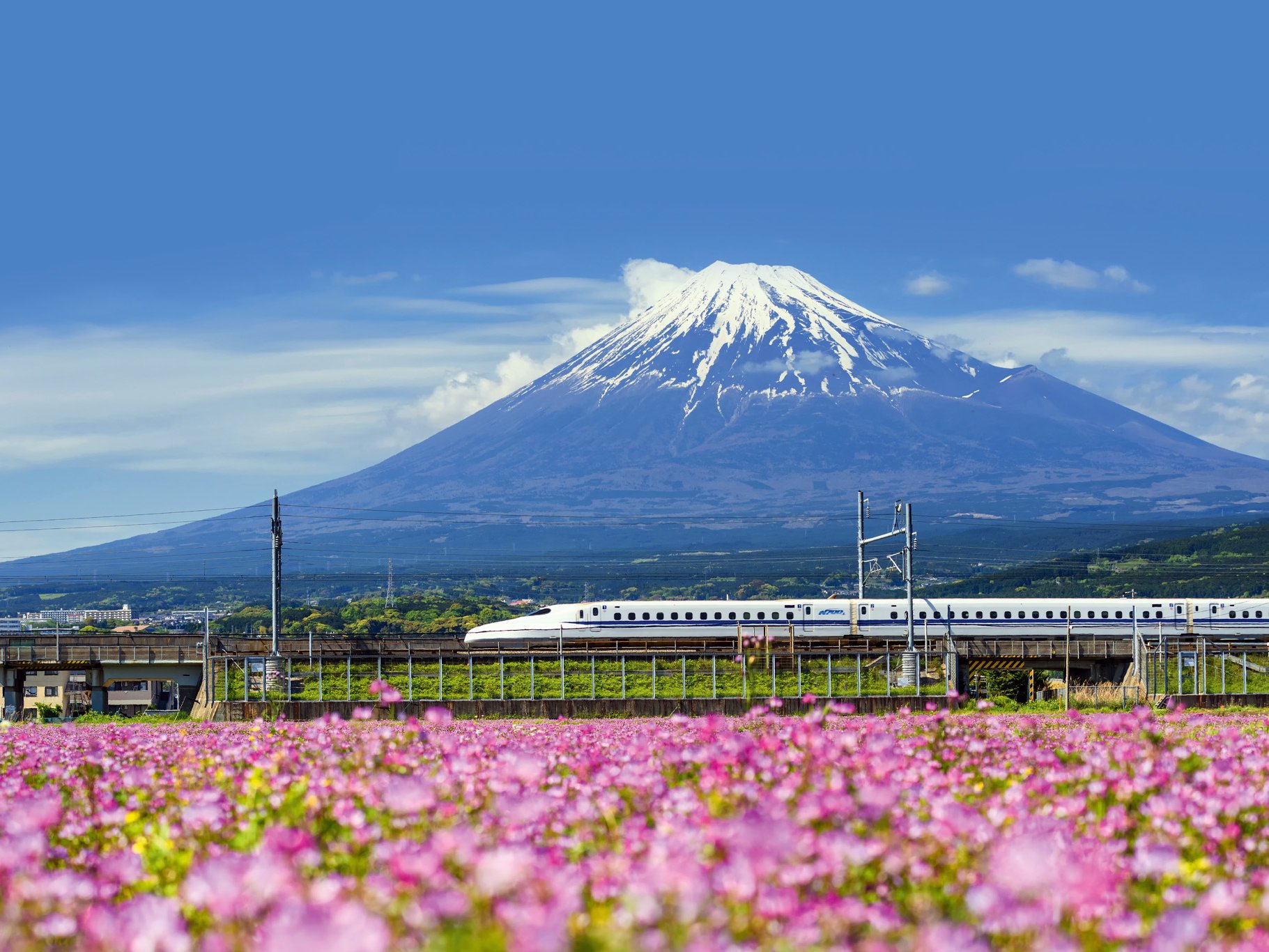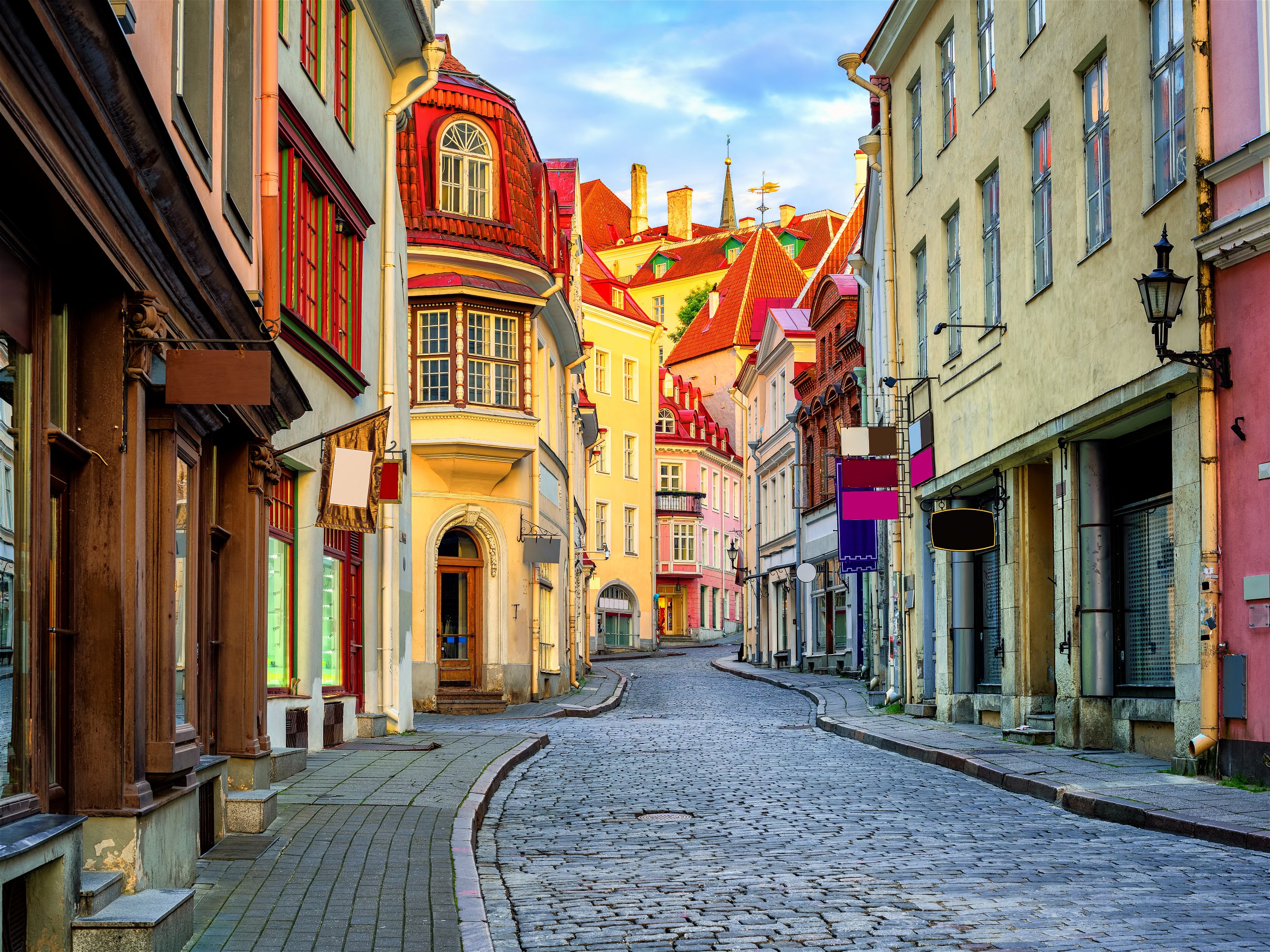Vienna and Budapest: a perfect combination for a day trip
Falstaff tells you how to get the most out of both cities when time is not on your side.
Vienna and Budapest were once the joint capitals of the Austro-Hungarian Empire, and it’s easy to travel by train between the two in under three hours, making them the perfect combination for a day trip.
Vienna has a population of roughly 1.9 million, while Budapest has 1.75 million residents, making both cities comparable in size. Vienna and Budapest are often paired together through their shared histories, the two being dual capital cities of the Habsburg Empire from the late 19th century until World War I, with their duality also based around their close proximity to each other. There’s only 245km separating the two cities, which can be easily bridged by a train ride of around two-and-a-half hours.
Because it’s so convenient to hop on a train from one downtown to another, with more than ten direct trains running between the two capitals daily, visitors to both cities will combine the other in a day trip, or as part of a Central European itinerary.
A direct link between the capitals
It couldn’t be easier to get between Budapest and Vienna with several trains running every day. However, you will find a difference in price point though, as not all the trains are created equal. For example, trains run by RegioJet on the Prague-Vienna-Budapest line tend to be much cheaper (sometimes with one-way fares as low as €9) than those run by the Austrian company, ÖBB Railjet, although the latter gives you more flexibility with its timetable as they have more services running. Bus prices with Flixbus tend to vary, but will take a lot longer than the train (especially if there is heavy traffic, like around the holidays), and sometimes you can get a very cheap ticket, but if you want comfort, convenience, and speed, it’s best to get the train.
Taking in the downtown essentials
Fortunately, Budapest and Vienna are compact and easy to get around. Although doing a whole capital city in one day is impossible, you can take in the most famous sites in both cities. If you come by train, you’ll find yourself in the city centre in no time, as the train stations for each will put you next to a metro line that will have you downtown in a matter of minutes.
You’ll want to stick around the Danube in Budapest, where most of the city’s most spectacular sites are clustered, like Buda Castle, the Hungarian Parliament (you can take metro 2 from the Keleti train station directly to Kossúth tér), Chain Bridge, and St. Stephen’s Basilica. Although Vienna also shares the same river with Budapest, you’ll find the Danube located more towards the suburbs – except for the part that funnels into the Danube Canal, which skirts the central Innere Stadt. In Vienna, you can take the U-Bahn to Stefansplatz and explore from here, as you’ll find you can reach sites like the Hofburg and Stefansdom on foot. Both cities mirror each other with their former Habsburg grandeur, but there are other curious parallels.

Both Budapest and Vienna have their own flavour of art nouveau. In Vienna, the architecture of Otto Wagner is dotted around the city, with the ornate Majolikahaus and his U-Bahn stations especially notable; in Budapest, it’s the colourful creations of Ödön Lechner, whose homages to orientalism and Hungarian folk art evoke Antoní Gaudí.
Eating on a flying visit
When travelling on a day trip, you might want to keep eating and drinking down to something efficient and quick, like street food, allowing you to squeeze in as many sites as possible. Of course, getting something that’s a local specialty is best, and fortunately, both cities have their own brand of street food you can grab and go.
If you find yourself between the Staatsoper and the Albertina in Vienna, head over to the Bitzinger Würstelstand. You can get some freshly sizzled sausages here, like classic Bratwurst or the rich Kӓsekrainer – sausage stuffed with cheese – served with a slice of rye bread, pickles, and mustard. You can get a good local beer to go with it or, if you’re feeling fancy, even some Champagne!
For Budapest, for a quick calorific fix, get a lángos, a savoury, fluffy, and crispy deep-fried pastry usually topped with grated cheese and sour cream (sometimes even garlic). Round the corner from St. Stephen’s Basilica, you’ll find Retro Lángos, said by many to be Budapest’s best, making it a convenient stop for a snack.

If you’re in the mood for a cup of coffee, something sweet, and a dose of Austro-Hungarian cultural history, you must not miss out on the cafés in both cities. Vienna is famous for its Kaffehaus culture, the most iconic establishments being Café Central, Café Sperl, Demel, and Café Hawelka. So, grab an Apfelstrudel and a Wiener Melange (an espresso topped with steam milk and a little foam) to drink and enjoy people-watching.
In Budapest, you can try local cakes like the walnut-laden Esterházy or the Dobos, a chocolate cake topped with hard caramel, in an equally beautiful cafe like the New York Café, Gerbeaud, or in the city’s oldest confectionary and café up at the Castle, Ruszwurm.
Of course, you could spend days in both cities, exploring the culture and sites in more depth, but even a day trip gives you an excellent taste of these majestic and historical European capitals.













